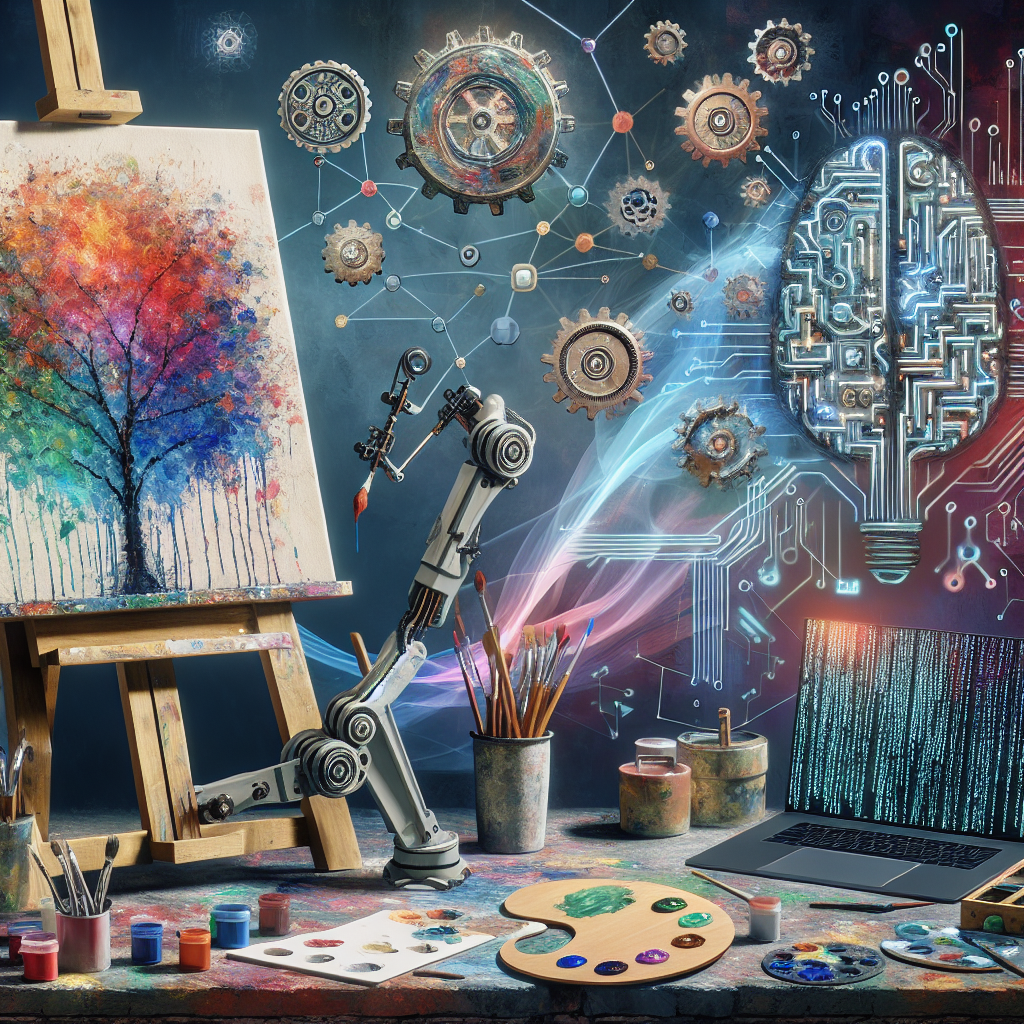Artificial intelligence (AI) has been making waves in various industries, and the art world is no exception. Artists are increasingly embracing AI technology to create innovative and captivating works of art that push the boundaries of creativity and imagination.
One of the ways in which artists are incorporating AI into their practice is through the use of generative adversarial networks (GANs). GANs are a type of machine learning algorithm that consists of two neural networks that are trained simultaneously. One network generates new content, such as images or music, while the other network evaluates the generated content to determine its authenticity. This process results in the creation of unique and original artworks that blend human creativity with machine intelligence.
For example, artist Mario Klingemann has been using GANs to create mesmerizing digital artworks that explore the intersection of art and technology. By inputting thousands of images into the algorithm, Klingemann is able to generate new and unexpected visual compositions that challenge traditional notions of artistic creation.
Another artist, Robbie Barrat, has been experimenting with AI to create abstract paintings that are both visually striking and conceptually intriguing. Barrat uses a GAN to generate digital brushstrokes based on a dataset of famous paintings, resulting in artworks that blur the lines between the human and the machine.
In addition to GANs, artists are also using AI for image manipulation, sound synthesis, and interactive installations. For example, artist Refik Anadol has created immersive audiovisual experiences that are powered by AI algorithms. By analyzing vast amounts of data, Anadol is able to generate dynamic visuals and sounds that respond to the audience in real-time, creating a truly interactive and engaging art experience.
The integration of AI technology into the art world raises important questions about the role of the artist, the nature of creativity, and the impact of technology on our cultural landscape. While some may view AI as a threat to traditional artistic practices, others see it as a tool that expands the possibilities of artistic expression and opens up new avenues for exploration and experimentation.
Ultimately, the use of AI in the studio allows artists to push the boundaries of their creativity and challenge conventional artistic norms. By embracing AI technology, artists are able to create works of art that are innovative, thought-provoking, and visually stunning, demonstrating the powerful potential of human-machine collaboration in the world of art.


Leave a Reply